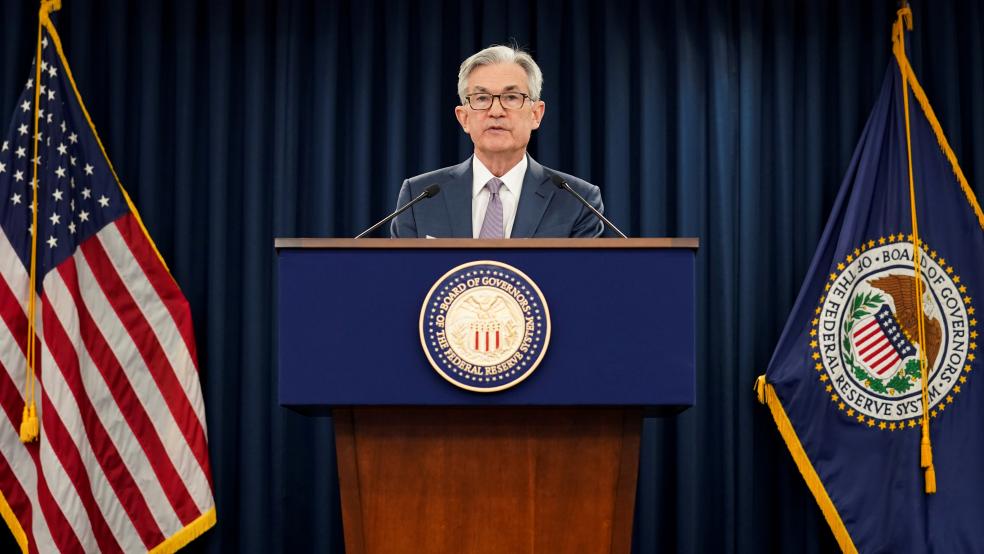The Federal Reserve will start reducing its temporary bond-purchasing program this month, with the goal of wrapping up the stimulative effort by the middle of next year, the central bank announced Wednesday.
To support the ongoing recovery, the bank has been purchasing $120 billion of Treasury and mortgage-backed securities per month, part of an effort to maintain liquidity in the financial markets. Starting in November, the bank will reduce its monthly purchases of Treasury securities by $10 billion and its purchases of mortgage-backed securities by $5 billion. The $15 billion reduction will continue each month until the program is closed down in June, though the schedule is open to revision if economic conditions change.
The announcement marks the first major step the Fed is taking to withdraw its support from an economy still bearing the scars of the Covid-19 recession.
In a statement, the Fed indicated that the members of the Federal Open Market Committee were pleased with the course of the economic recovery so far, though they would continue to monitor the data closely. “With progress on vaccinations and strong policy support, indicators of economic activity and employment have continued to strengthen,” the Fed said.
Keeping an eye on inflation: Fed Chairman Jerome Powell said he continues to view recovery-driven price increases as temporary, though he expressed greater uncertainty than he has in the past about how long the inflationary dynamic will last.
Noting that there have been “sizable price increases in some sectors,” Powell said that “overall inflation is running well above our 2 percent longer-run goal” and “supply constraints have been larger and longer lasting than anticipated.” Nevertheless, the Fed chair still expects those constraints to ease as the economy adjusts, with the result that “inflation will decline to levels much closer to our 2 percent longer-run goal.”
Powell provided a bit more detail on why he thinks inflation is temporary, citing factors that are expected to end as the economy strengthens: “[I]t remains the case that the drivers of higher inflation have been predominantly connected to the dislocations caused by the pandemic, specifically the effects on supply and demand from the shutdown, the uneven reopening, and the ongoing effects of the virus itself.”
At the same time, Powell said, “It is very difficult to predict the persistence of supply constraints or their effects on inflation.” If inflation shows signs of becoming more persistent, the bank will act to preserve price stability. “We remain attentive to risks and will ensure that our policy is well positioned to address the full range of plausible economic outcomes,” Powell added.
No rate hikes for now: Powell noted that the reduction in asset purchases does not mean the Fed plans to raise interest rates soon. “We don’t think it is a good time to raise interest rates because we want to see the labor market heal further,” he said.
The Fed has held interest rates near zero since the Covid-19 pandemic walloped the economy in early 2020. Economists polled by Bloomberg said they don’t expect to see interest rate hikes until the second half of next year, though much depends on the course of the recovery — and the extent to which inflation persists.
“Policy makers appear to want to preserve the option to hike as soon as taper ends if inflation is elevated,” Bloomberg economists Anna Wong, Andrew Husby and Eliza Winger said. “However, completing the taper is a necessary, but insufficient condition for the rate liftoff.”




